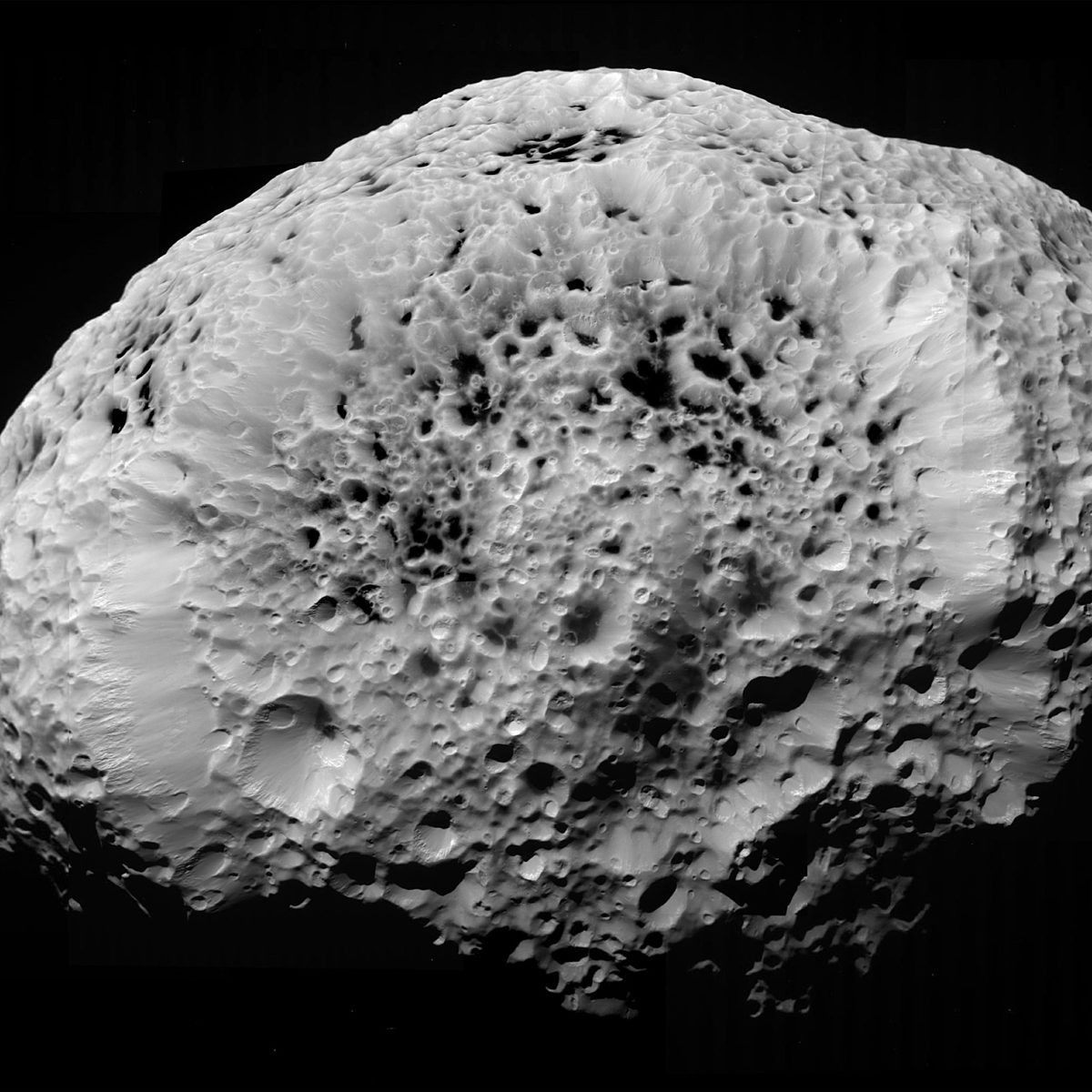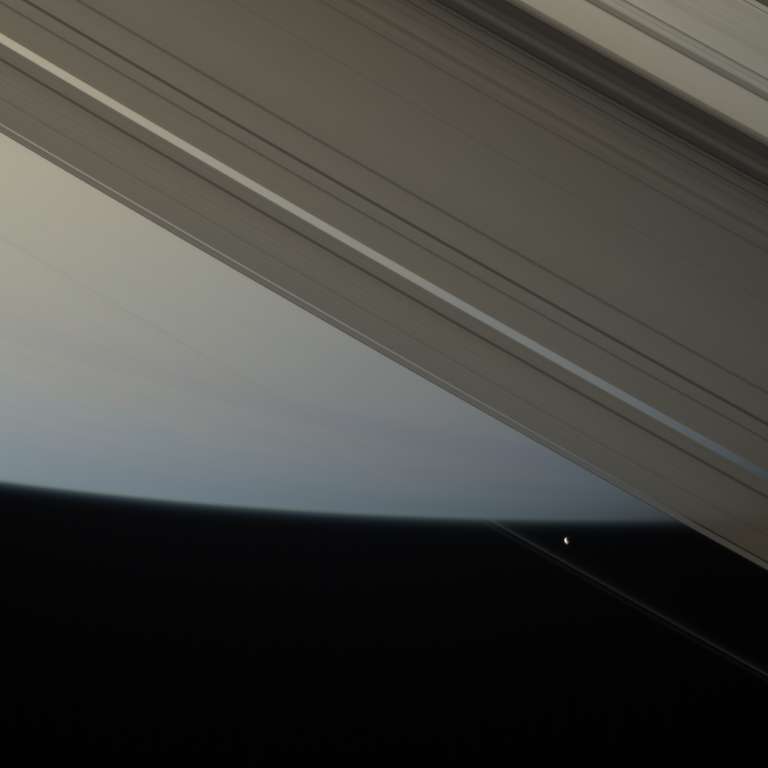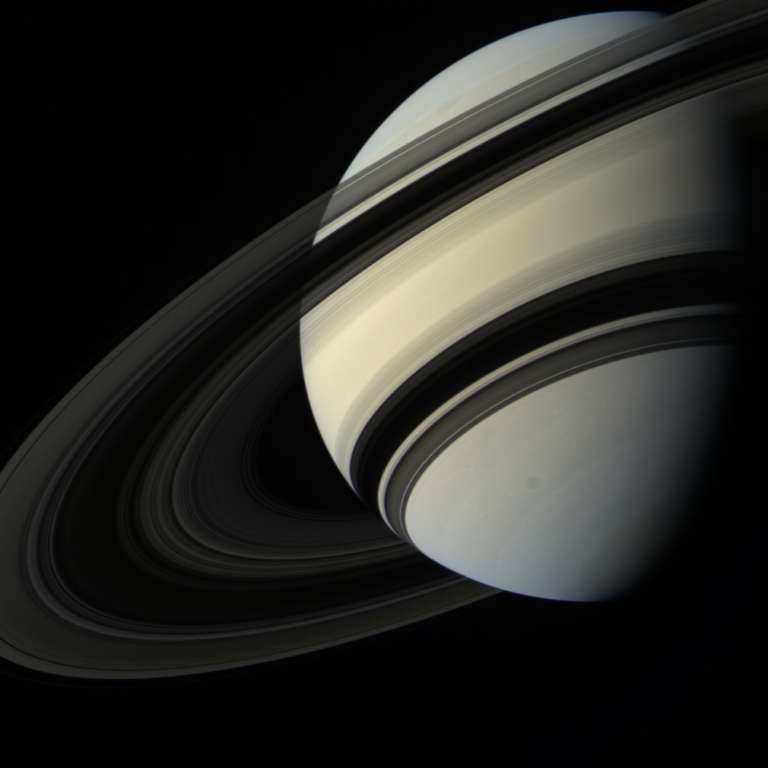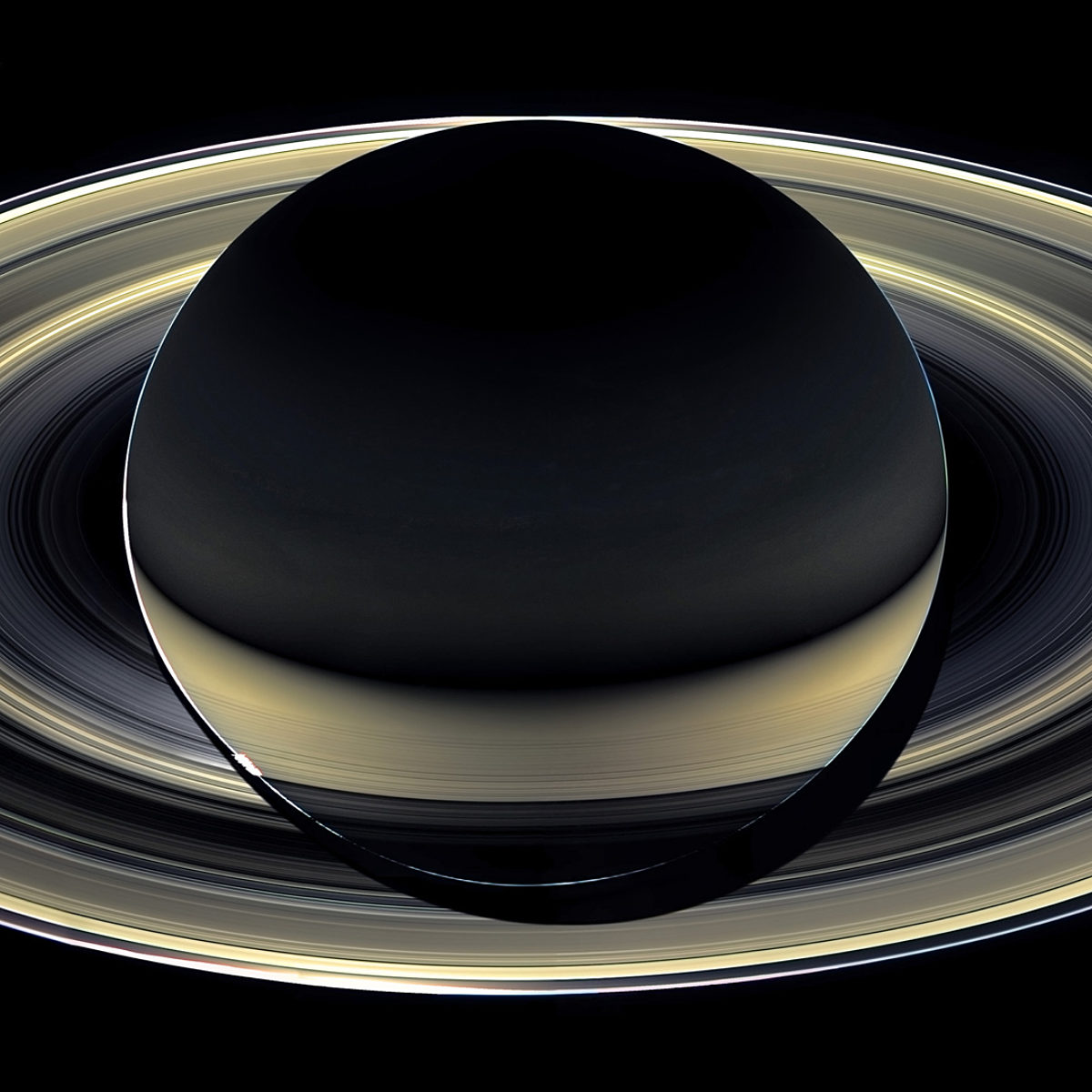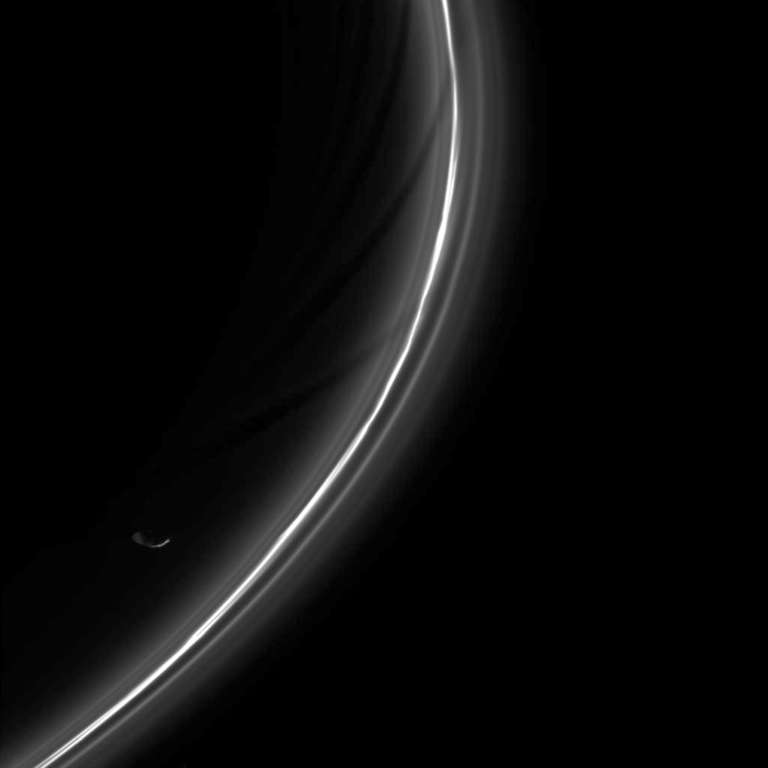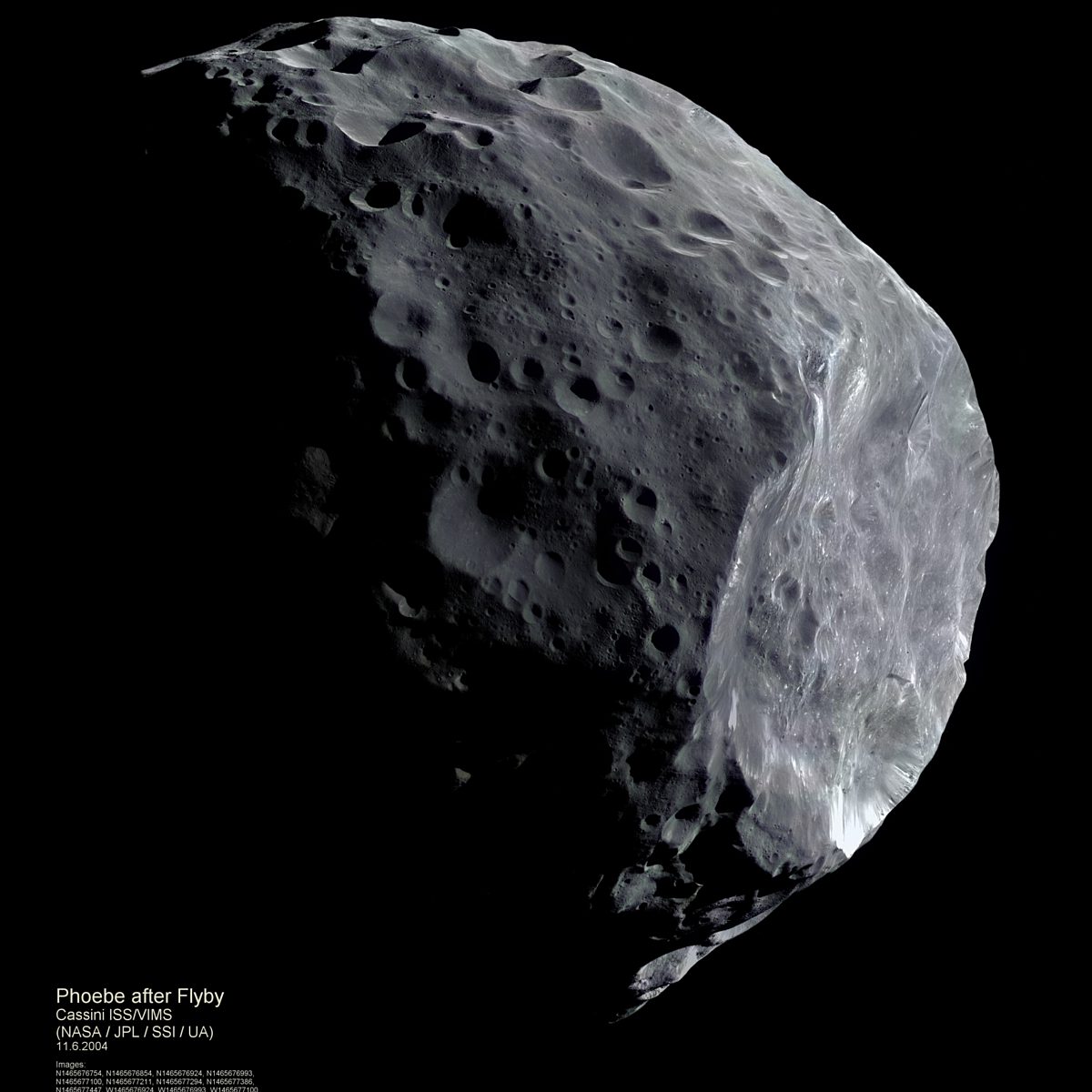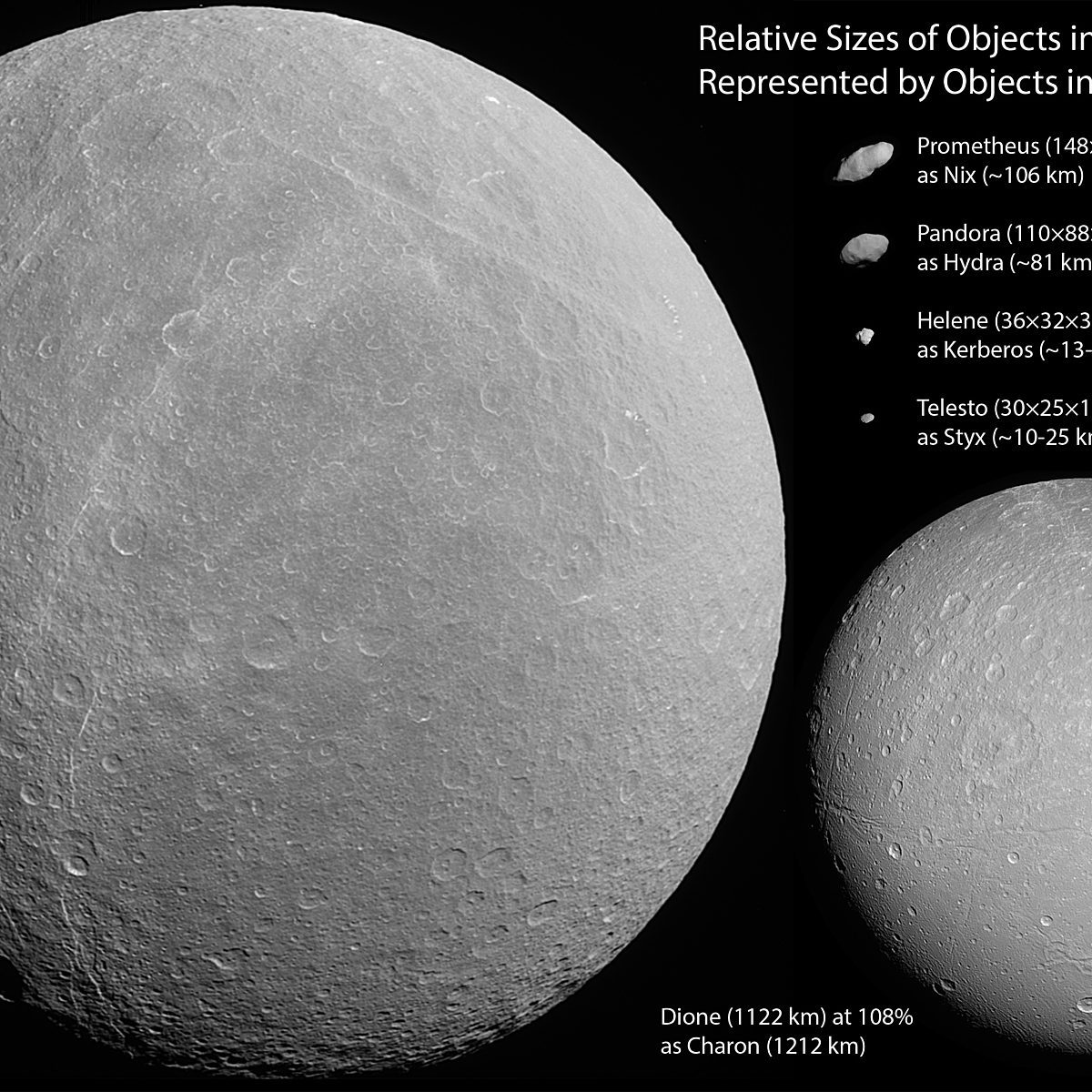All
All
Stories, updates, insights, and original analysis from The Planetary Society.
The coolest moons of Jupiter and Saturn you’ve never heard of
Meet the lesser-known moons of our Solar System's gas giants.
Moon-spying missions and a planetary evil twin
Whether they’re dedicated to it or not, planetary missions can get beautiful and informative glimpses at distant moons. And who’s the evil twin: Venus or Earth?
How do planets get moons?
Here are the distinct ways in which the moons of our Solar System formed.
Moon Monday: Prometheus
Happy Monday! Here's a picture of Prometheus. You may think it's a picture of Saturn. Look hard, toward the bottom, and you'll see Prometheus, doing its part to keep the F ring in line.
Explore spinnable Saturn and Jupiter moons with Google Maps
Google Maps released several new map products that allow you to see the locations of named features on many solar system planets and non-planets, spinning them around in space with your mouse.
Fall 2017 issue of The Planetary Report now available
The Fall 2017 issue of The Planetary Report is in the mail and available online now to our members!
Saturn's small satellites, to scale
Emily shares another of her popular size comparisons of solar system bodies, taking advantage of Cassini's recent views of Saturn's tiniest moons.
Cassini's 'Grand Finale' Portrait of Saturn
Amateur image processor Ian Regan shares a stunning mosaic of Saturn in all its ringed glory.
Cassini, with only a half-year to go at Saturn, just keeps dropping awesome images
Our latest roundup of Cassini goodies from Saturn includes Pan, a ravioli-shaped moon that orbits inside the planet's ring system.
Amazing photos of tiny moons as Cassini orbits among the rings
Behold: Daphnis, the tiny, 8-kilometer moon that orbits within a ring gap, gently tugging on the edges of the gap to create delicate scallops.
Pretty pictures: Bittersweet goodies from Cassini at Titan, Enceladus, and Telesto
Tomorrow, Cassini will fly by Titan, picking up a gravity assist that will tilt its orbit slightly up and out of the ring plane. That will end what has been a wonderful year of frequent encounters with Saturnian moons.
Prometheus, Pandora, and the braided F ring in motion
Cassini recently took a long, high-resolution movie of the F ring, catching a view of its ringlets, clumps, and streamers, and two potato-shaped moons, Prometheus and Pandora.
On the masses and motions of mini-moons: Pandora's not a "shepherd," but Prometheus still is
As Cassini celebrates 10 years at Saturn, we're beginning to see its long-term observations of Saturnian moons bear fruit. A surprising new result: While Prometheus exerts control over the F ring and Atlas, Pandora -- long thought to be a shepherd of the F ring -- does not.
A close look at Saturn's closest moons
A new composite image of the eight named moons that orbit closest to Saturn, and a list of all the best Cassini observations of these moons.
The Two Faces of Phoebe
Cassini flew past Phoebe on June 11, 2004, on its way to entering Saturn orbit. The flyby was almost perfect but overexposure of some images have prevented color mosaics from being produced. Even though Phoebe's body is gray and dull in color, the absence of color images always provoked me. By using VIMS data, I have now produced color mosaics.
Just what is going on in that magnificent Cassini image of Saturn?
It took months of work (and no wonder) but the wait was worth it: here is Cassini's spectacular view of Saturn, captured on July 19, 2013, as Cassini passed through Saturn's shadow. If you're a little confused by the image, I'm here to help: I've posted a video explainer.
DPS 2013: The fascination of tiny worlds
In which I summarize Joe Veverka's Kuiper Prize talk at the Division for Planetary Sciences meeting:
New names for Pluto's little moons Kerberos and Styx; and a new moon for Neptune
Pluto's moons, formerly known as
Mimas and Pandora dance
I've been out of town for a couple of days and am overwhelmed with work and an overflowing email box. So what do I do about that? I ignore what I'm supposed to be doing and play with Cassini raw image data, of course. Here is a
DPS 2012, Day 5: How to make asteroids crunchy on the outside and soft in the middle
A summary of just one talk from the Division for Planetary Sciences meeting, by Lindy Elkins-Tanton, which provided a neat explanation for how asteroids can be melted and layered on the inside yet have a primitive-looking exterior.


 Explore Worlds
Explore Worlds Find Life
Find Life Defend Earth
Defend Earth


 Sun
Sun Mercury
Mercury Venus
Venus Earth
Earth Mars
Mars Jupiter
Jupiter Saturn
Saturn Uranus
Uranus Neptune
Neptune Small Bodies
Small Bodies